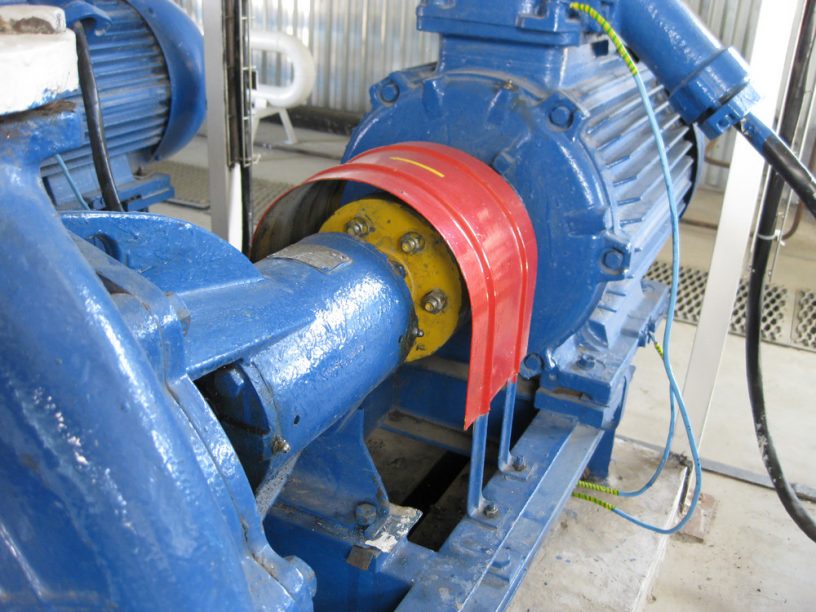
Radon is a stealthy and silent killer at home that you shouldn’t ignore.
Did you know that radon ranks as the second leading cause of lung cancer in the United States?
This hazardous substance is both odorless and colorless. There are two ways to check radon levels in your home. You can either hire a radon testing contractor or you can get a testing kit from a hardware store. Testing kits can be either be digital or chemical.
Using local radon mitigation and abatement companies are always the best way to mitigate radon in your home.
However, there are a couple of ways you can do it yourself.
According to the US EPA, nearly 1 in 3 homes checked in seven states and on three Indian lands had screening levels of over 4 pCi/L, the EPA’s recommended action level for radon exposure.
Did you know that 1 in 3 homes on three Indian lands and seven states have significant radon exposure? Their screening levels are over 4.0 pCi/L, which are already considered unsafe by US EPA.
2.0 pCi/L is ideal for radon mitigation, which is strongly recommended by EPA.
While these tips can help you make your home safe from the effects of too much radon, it’s still best if you have local radon mitigation and abatement contractor to handle the job for you.
So without further ado here are the 6 DIY ways you can reduce radon at home:
1. Test Your Home First
It’s important that you test radon levels in your home first. Even if there are DIY testing kits that you can buy at your local hardware store, or even online, it’s best to have trained first.
Contact your state radon office and ask for guidelines on where to attend a training course. Training courses will teach you the proper way to test radon.
2. Ionize Positively
Positive ions can charge radon in the air. This charge creates a magnetic effect causing radon to attach themselves to the walls and floor, and sometimes even ceilings. As a result, your family is less likely to inhale them. Install a ceiling fan that has a positive ion generator can help you achieve this.
3. No to Exhaust Fans
On the contrary to fans with positive ions, exhaust fans attract more radon in your home. They can cause the air pressure inside to drop significantly. Radon comes into your home when the pressure inside is lower than outside. As a result, your home becomes a vacuum that sucks in radon.
Fireplaces and wood stoves have similar effects. If you’re using these, you can counter it’s radon-attracting effects by opening your windows.
4. Ventilate Effectively
Ventilate your home the right way. While opening all windows may seem the best way to do it, it’s more effective if you focus on the lowest level of your house. Radon dissipates when it comes into contact with air.
5. Free Your Water from Radon
Radon levels in water are not typically that high, but if ignored it can still add up to the total levels. There are ways to lessen, if not eliminate radon in your water.
The best way to do it is to run your water through a granular enacted carbon unit. A local radon mitigation and abatement company can do this for you as well. Be sure to throw away old units properly, following your local laws.
6. Seal All Cracks
Radon can pass through the slightest opening in your home. You can use urethane foam to fill entry points such as cracks and drains. For floor joints and walls, you can use polyurethane membrane sealants. You can also use epoxy sealants.
Reduce Radon Levels in Your Home Effectively
Every home is a candidate for higher levels of radon.
If your home has radon levels of 4.0 pCi/L, your family is exposed to around 35 times as allowed by Nuclear Regulatory Commission when you’re standing beside a radioactive waste site.
These 7 do-it-yourself techniques can help you mitigate radon significantly. However, it’s not the best solution if the levels in your home are already too high. Local radon mitigation and abatement specialists can help with this.
Radon mitigation Colorado is not much different than those in other states. These companies are experts in this field and can help you mitigate radon levels at a safer level.







Leave a Reply
You must be logged in to post a comment.